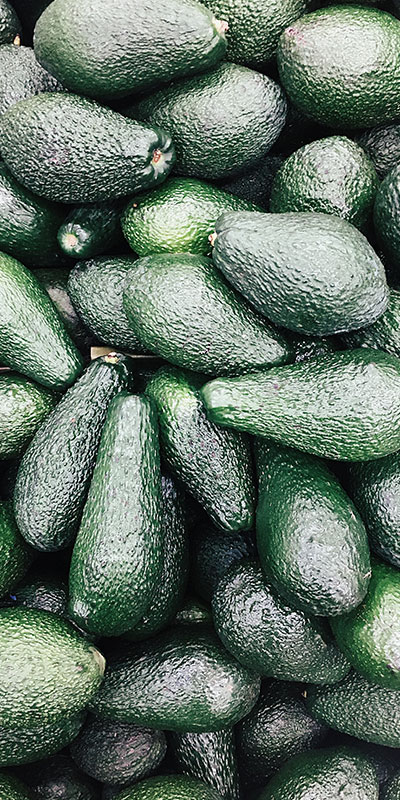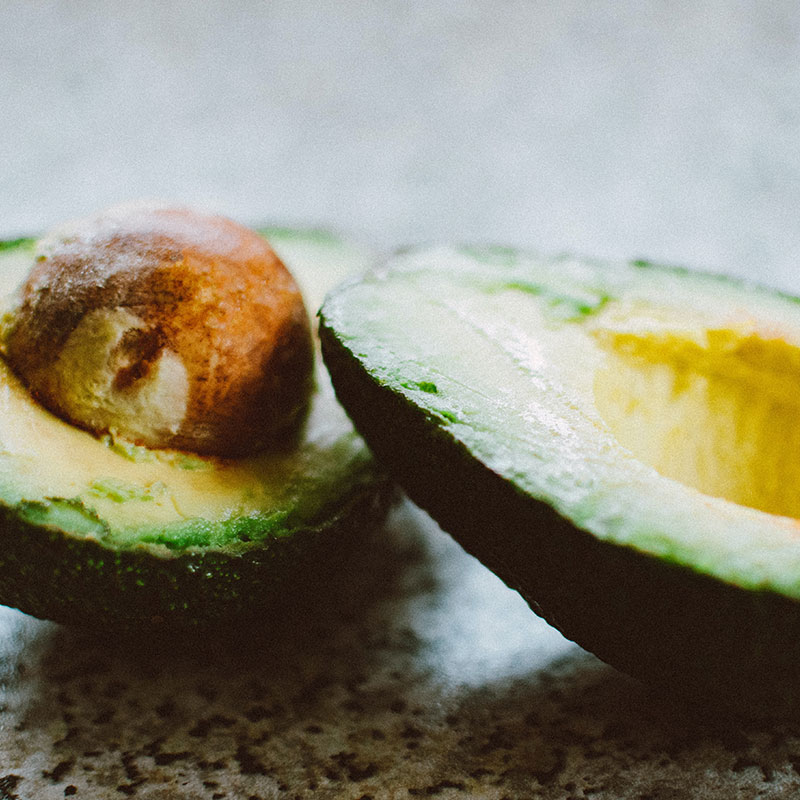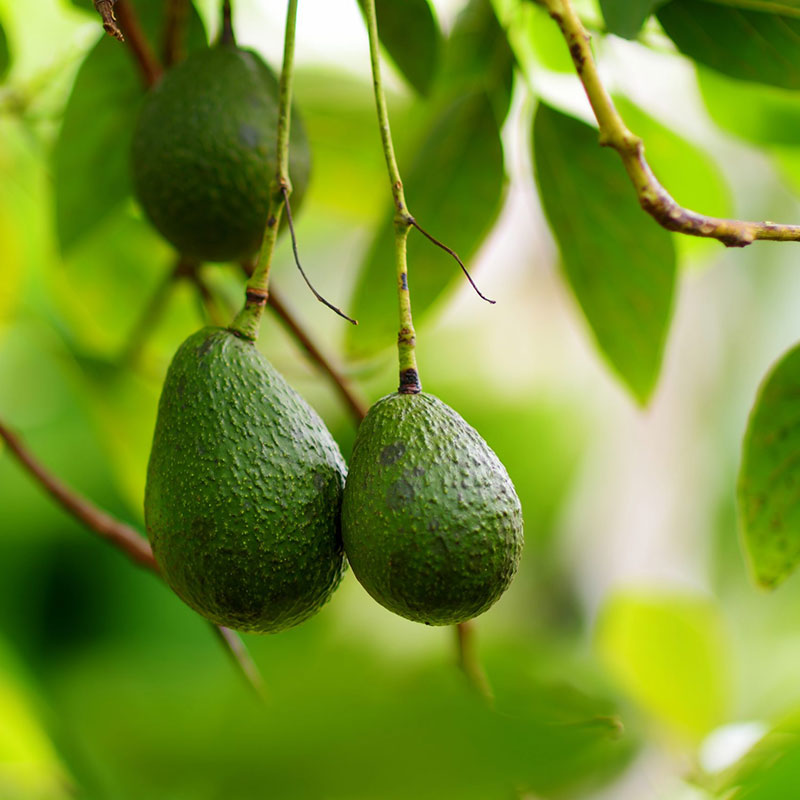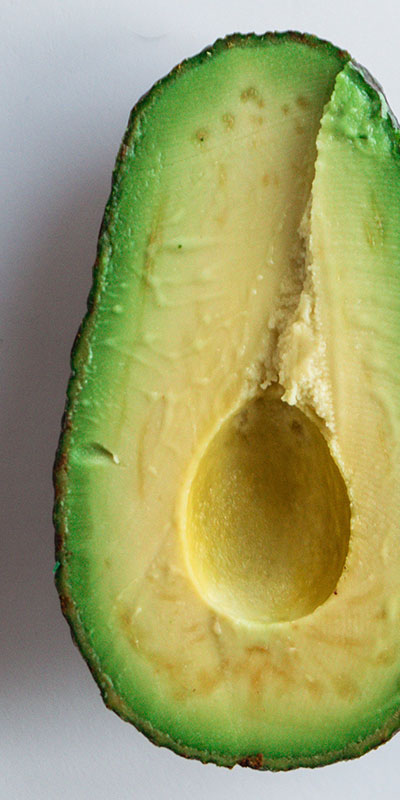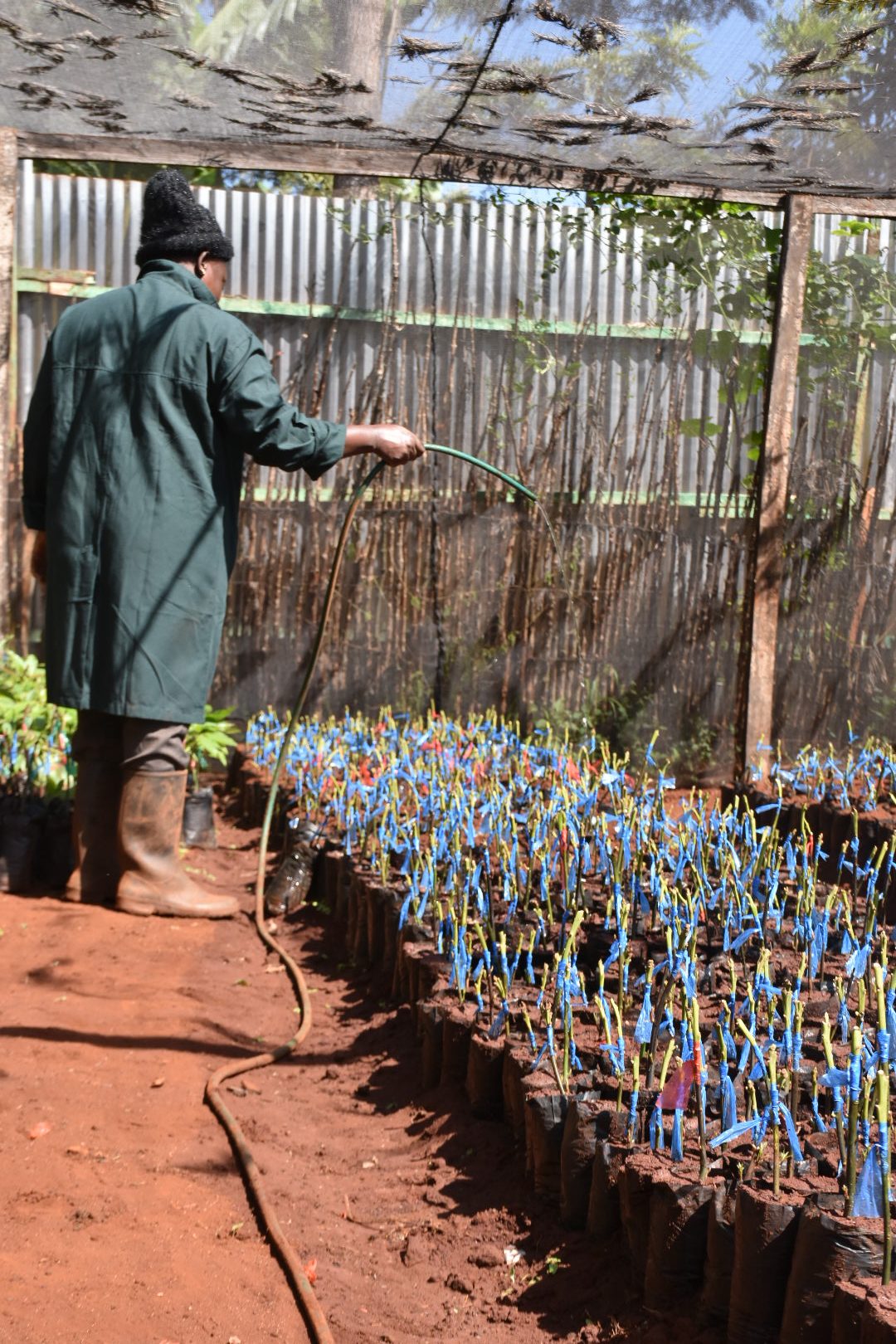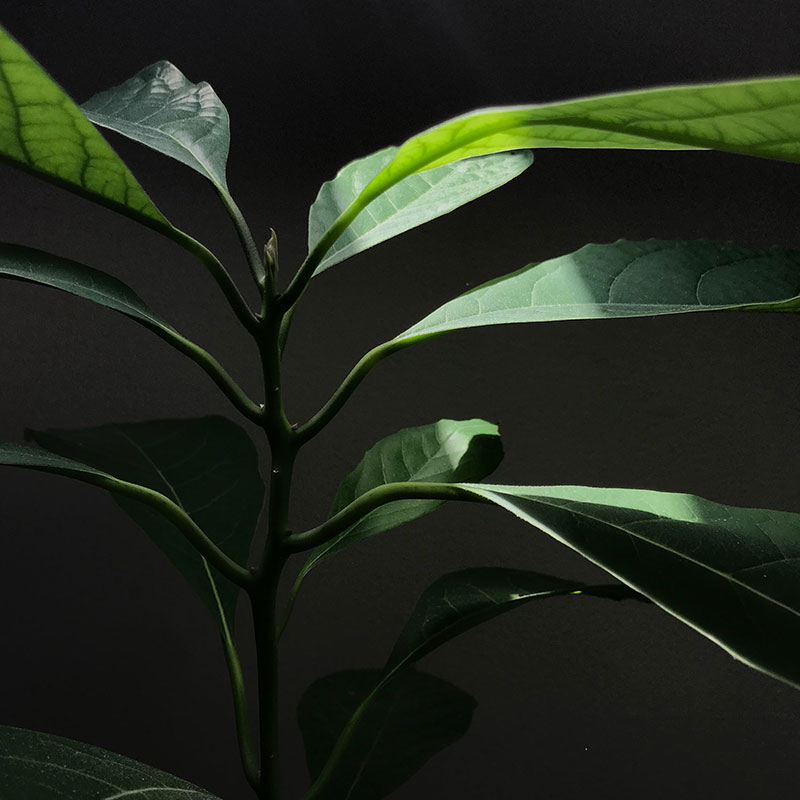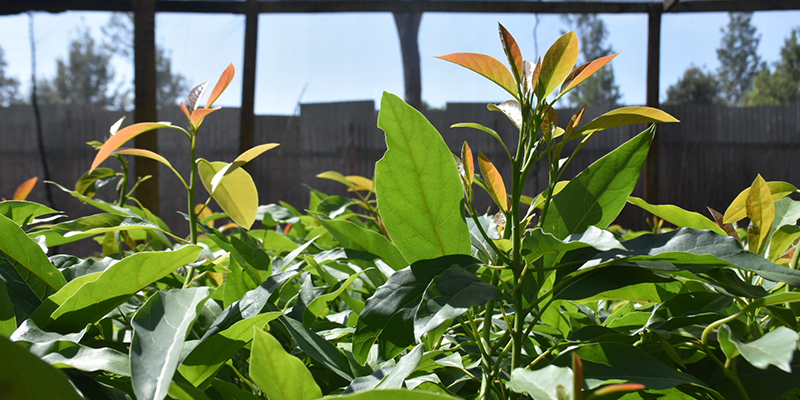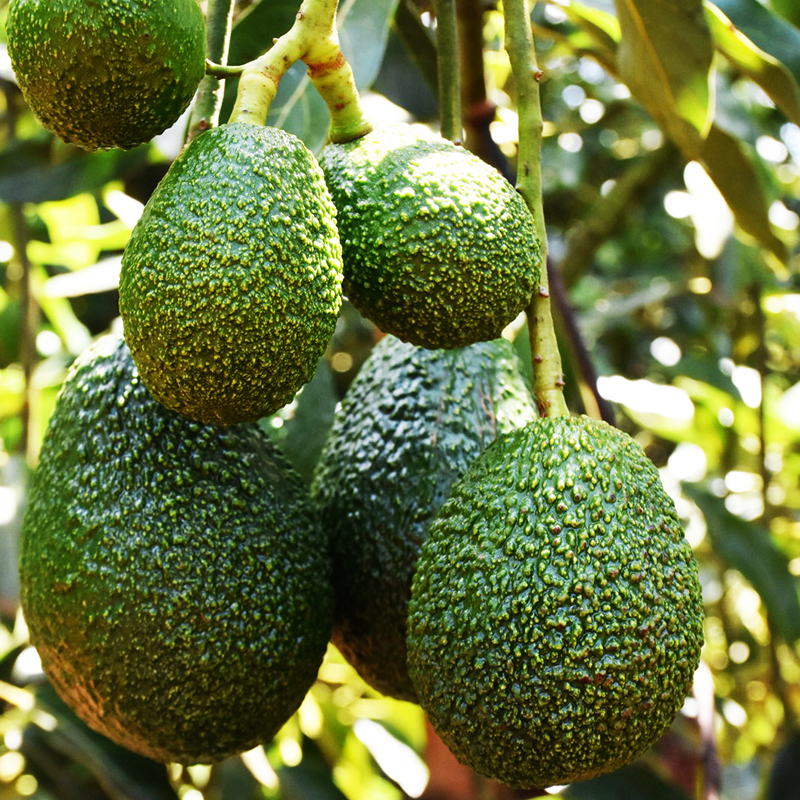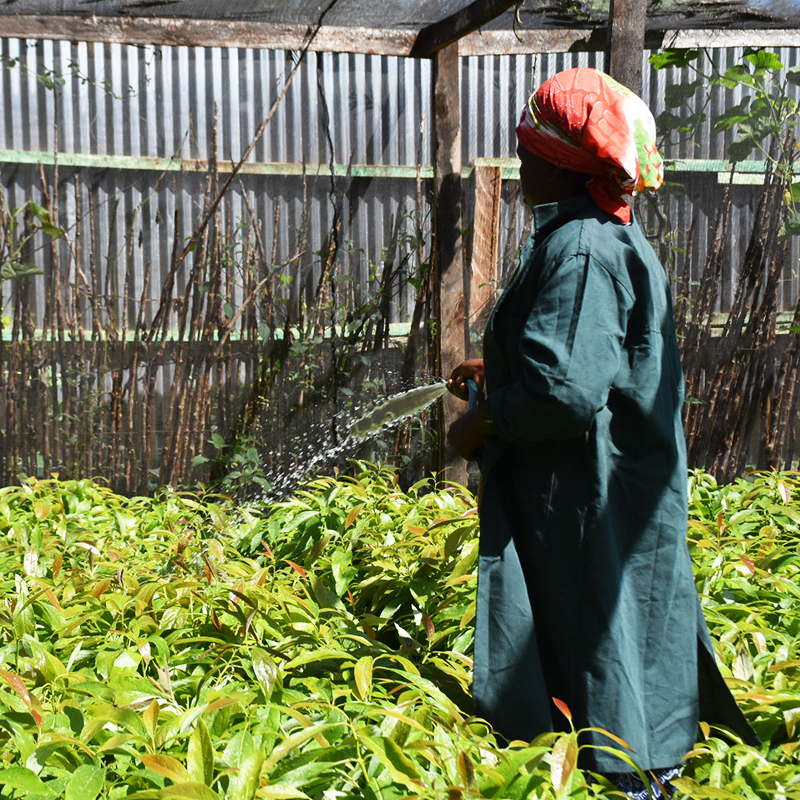Why Avocados
Market trends in Kenya and internationally
Currently, Mexico is the largest avocado producer harvesting more than 2 million tons annually accounting for a third of total world production. Kenya is consistently ranked among the top 10 world producers with over 0.3 million tons produced annually. Other large producers include Dominican Republic, Peru, Indonesia, Columbia, Brazil, Haiti, Chile and Israel.
Kenya’s output represents less than 4 percent of world production indicating a potential for the country to claim a larger export market share. Kenya’s production of avocados (per hectare out) is one of the highest in the world due to its rich soils and highly favourable climatic growing conditions.
Recent global political and economic conditions have dampened avocado demand somewhat. However, the medium to long term outlook for avocado remains positive. Avocado demand is underpinned by the population’s increasing health consciousness and the growing awareness of the role avocado could play in a healthy diet. The demand for avocado oil has been growing for some time, driven by increasing application for culinary purposes and and multiple uses in the cosmetic industry.
Kenya avocado production will benefit from changing consumer sentiment which is increasingly demanding produce that is ethically produced, organic and environmentally sustainable. Kenya’s avocado production ticks all these boxes because it is largely produced by small-scale farmers, is mainly rain-fed and grown organically.
New markets in Asia and the Middle East are opening increasing avocado demand. In 2019, Kenya signed a trade deal with China opening the Chinese market to Kenyan avocado. The Chinese market is large and growing rapidly which will increase demand significantly in the years ahead.
Production conditions
Majority of Kenyan avocados are produced by small-scale farmers. They are grown organically benefiting from rich volcanic soils with supplemental organic manures added and rarely requiring chemicals in the production.
Avocado production is not too labour intensive compared to other crops only requiring occasional pruning and weeding. For optimal production, irrigation is recommended especially should there be rain shortfall.
Origin and Development of the Hass Avocado
Hass Discovery and development of the fruit.
In the 1920s, a La Habra Heights (California) postman, Rudolf Hass, bought some seedlings from A. R. Rideout to develop an orchard of the Lyon variety. Hass’ children took a liking to the taste of one of the trees in the orchard whose fruits were of a high quality. The tree was also a prolific fruit producer. Rudolf Hass patented the tree in 1935 and named it Hass.
He then ordered 300 seedlings and propagated them. He entered into an agreement with Brokaw of Whittier to propagate the Hass variety and they would share the profits at 25% for Mr. Hass and 75% for Mr. Brokaw. Initially, the Hass avocado was not popular since it differed greatly (in taste and form) with the Fuerte, the leading variety at the time. In due course, the market for Hass flourished because the variety was prolific, tastier and it grew in different seasons. Commercial returns for farmers were also boosted because the Hass variety developed faster and was more productive.
Despite reports to the contrary no one knows the seed that produced the Hass. Rideout was an experimenter breeder and used any seeds he could find. Ironically, the Hass was not one he had intended to propagate.
The original Hass tree died of old age in 2002 aged 76 years. Vunani purchased and retains a commemorative mantel piece made from the original Mother Hass tree.
Many years down the line, the Hass variety has become the dominant fruit internationally. There has been further development and value addition for the fruit including but not limited to the most recent development of more resilient varieties with a longer shelf life.
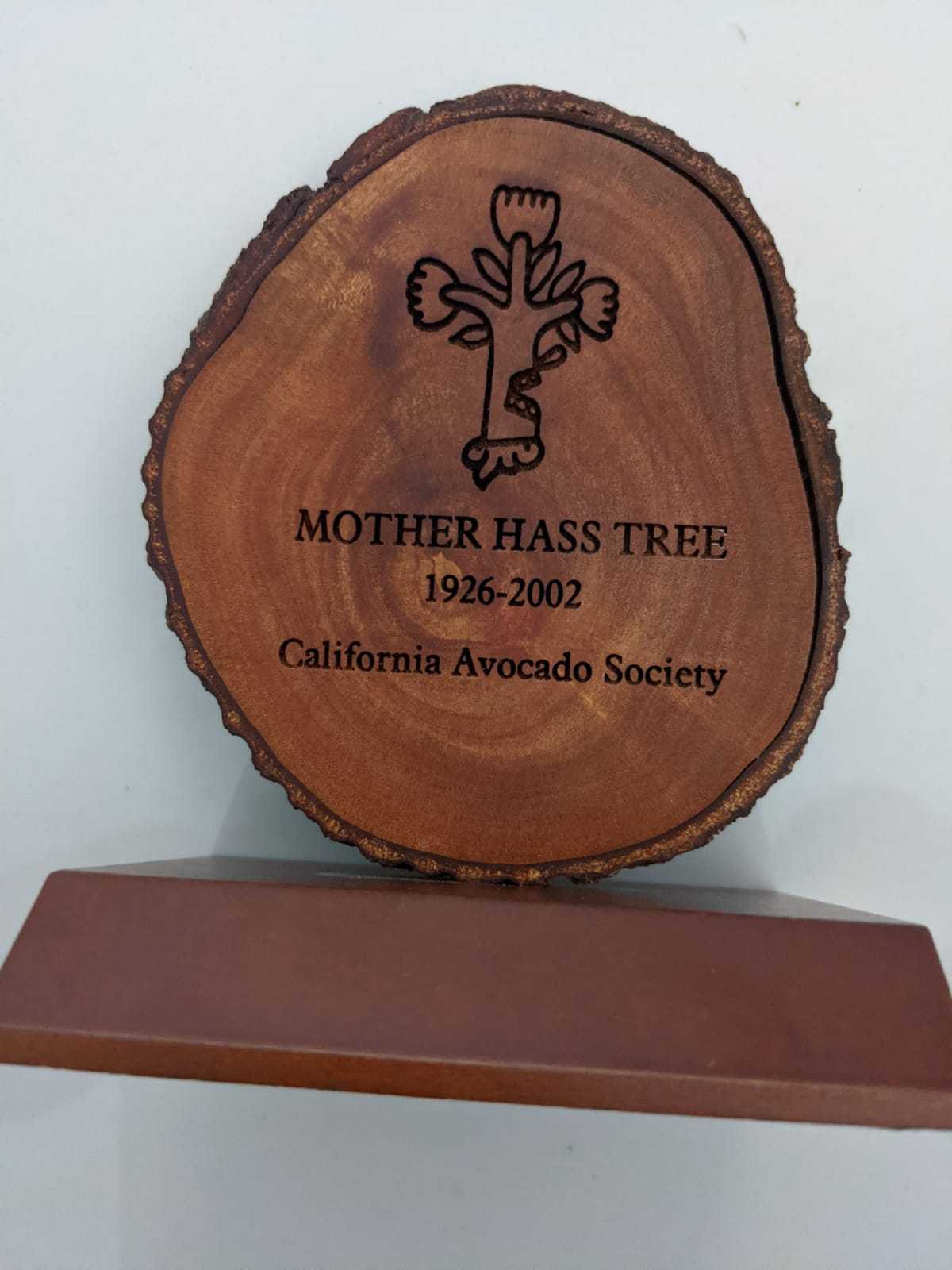
The original Hass tree died of old age in 2002 aged 76 years
Vunani purchased and retains a commemorative mantel piece made from the original Mother Hass tree
Indicative Revenue Projections
Hass avocado farming
Grafted Hass trees start producing fruit around the third year. They reach peak production in about 7-10 years of age when the tree could reach production of up to 1,000 fruits annually if sufficiently looked after.
Below estimates are based on a minimum price of Ksh8, per fruit (prices have been as high as Ksh18 per fruit in the past). A farmer with a mature one-acre Hass orchard (150 trees) could realise total gross revenue of around Kshs1m annually. Note these numbers only represent the revenue side. They should be considered concurrently with a farmer’s estimate of their production costs for an assessment of the venture’s overall return and profitability.
The table below provides an indication of potential returns from a one-acre Hass avocado orchard based on average fruit output and a price of Kshs8 per fruit.
| Year of Growth | Average Harvest (Number of fruits per tree) | Total Number of Fruits (1 Acre) (Number) | Price per Fruit (Kshs) | Total Gross Revenue (Kshs) |
| 1-2 | Growth Stage | 0 | 0 | 0 |
| 3 | 50 | 7,500 | 8 | 60,000 |
| 4 | 200 | 30,000 | 8 | 240,000 |
| 5 | 400 | 60,000 | 8 | 480,000 |
| 6 | 600 | 90,000 | 8 | 720,000 |
| 7 | 800 | 120,000 | 8 | 960,000 |
| 8 | 900 | 135,000 | 8 | 1,080.000 |
Production Costs
The benefits above must be balanced and weighed against the production costs. Farmers should note that like any agricultural venture, avocado farming requires a substantial initial investment.
Other costs including the substantial amount of waiting time for the avocado tree to reach full production must be taken into consideration. During this time, there will be ongoing requirements for inputs including labour without any income from the orchard.
Orchard establishment costs include:
- land acquisition (if not already owned)
- initial land preparation (tilling, digging planting holes, manure application etc.)
- developing water and irrigation infrastructure
- purchasing seedlings and planting
- tree care until first harvest (3-4 years)
- opportunity costs – the lost revenue that the land would have yielded in the 3-4 years when avocados are in the growth phase and not producing income
Ongoing farm maintenance costs
Once the orchard is setup and producing, a farmer must pay for on-going farm operating costs including; labour, pest management, pruning, fertilising, irrigation, security, harvesting etc.

